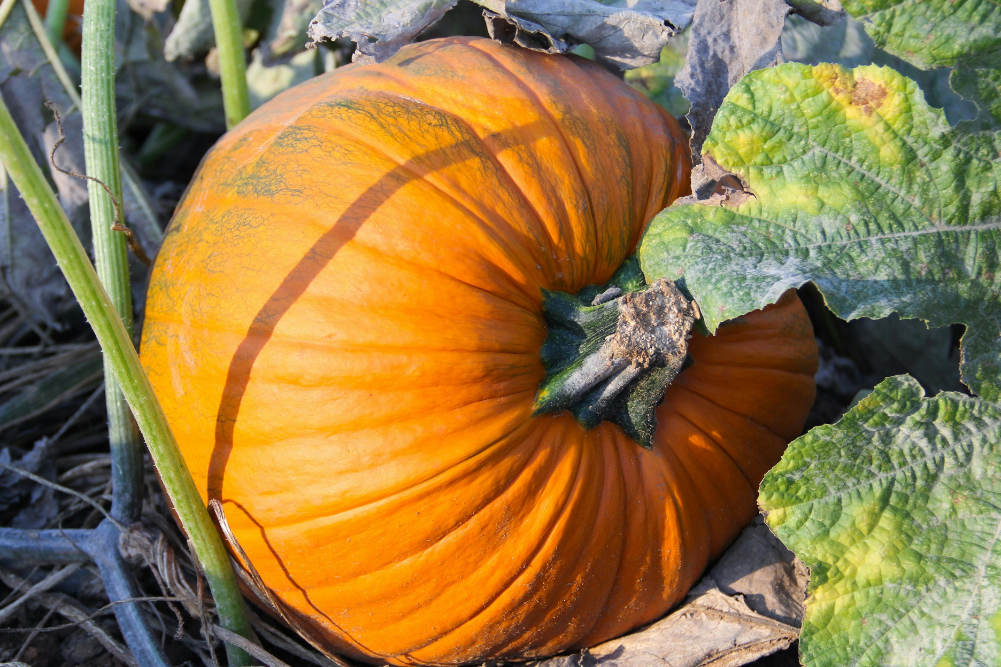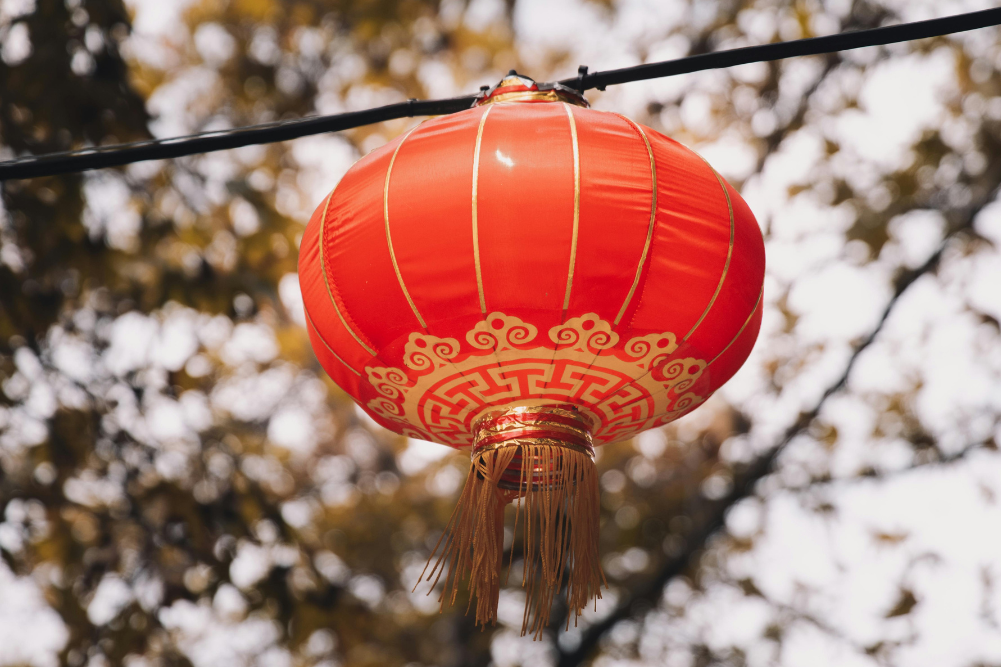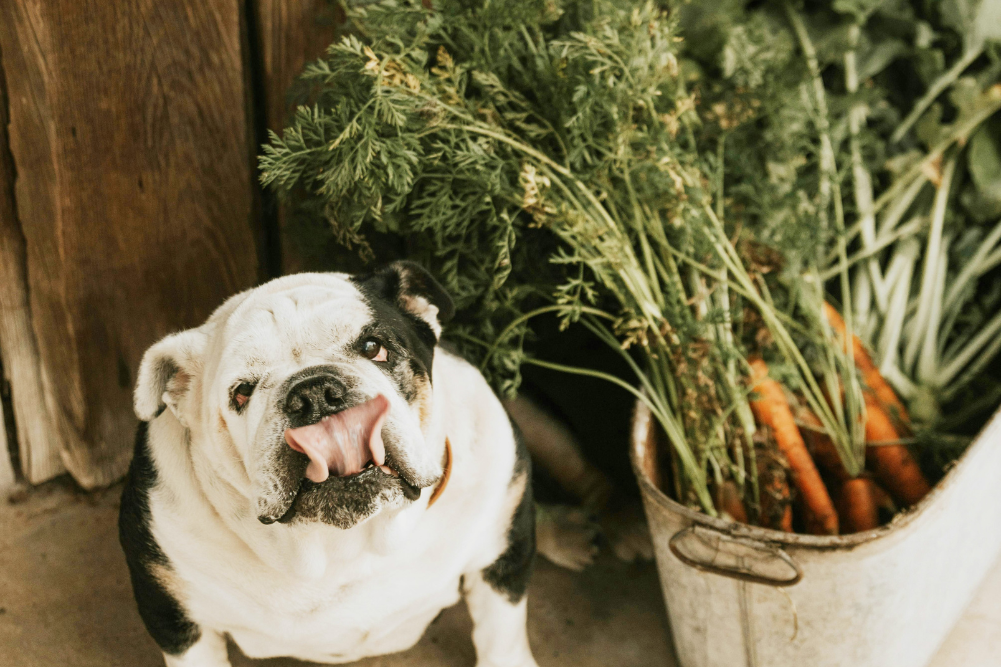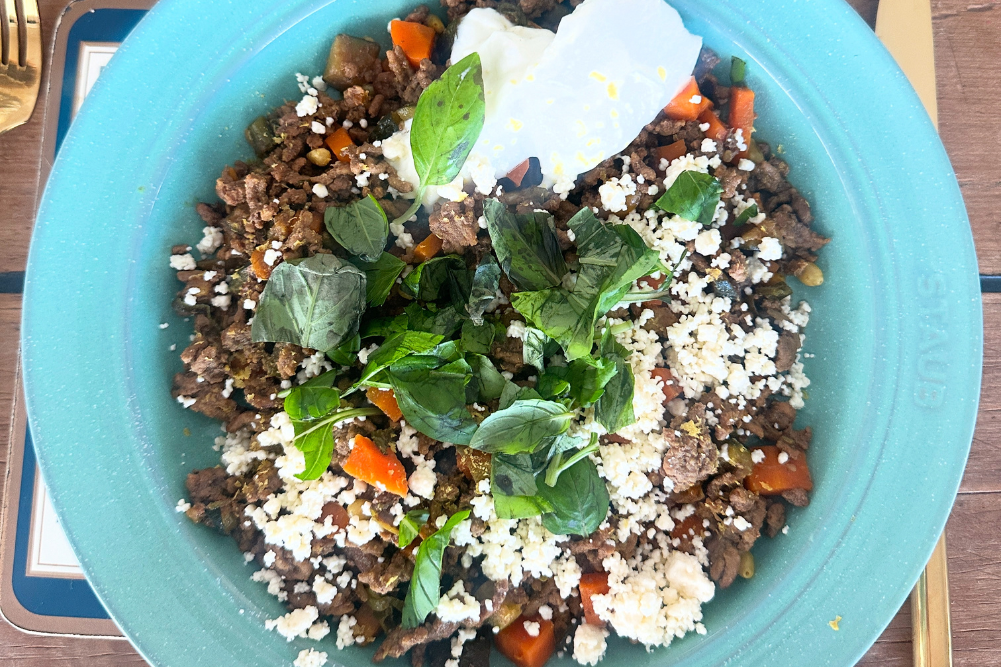Autumn feasts
Autumn blooms bring lasting colour, sweet harvests and rich flavours — discover why it may just be the most delicious season of all.
Everyone knows about the “spring flush”, with blooms dropping from the trees and new leaves on everything from apple trees to lettuces. Gardeners and good cooks know the “autumn flush” is even better. The air is cool but the soil is warm — and plants love it. Blooms last longer in autumn. Give your roses lots of tucker and water, prune back dead flowers, and the display of new blooms will be as glorious as spring’s. In cool climates, autumn’s red, gold and orange leaves are as spectacular as spring blossoms.
Camellias begin to bloom in autumn. Water them well, as long as the soil is well drained, but only feed them when daytime temperatures are 20 degrees Celsius or higher. The plant roots can’t make use of the tucker when it gets too cold, and too much unabsorbed fertiliser can burn them. Well-fed flowers last longer, both on the bush and in the vase.
Don’t dig root crops like carrots and beetroot until needed — they’ll be sweeter for the cold. Potatoes can be left, too, though remember they will sprout in late winter to spring. Potatoes should be sown fresh each year from new seed potatoes. The ones from last year may well have been infected by viruses carried by aphids, and will rot or be too hard to boil and mash. Let beans dry on the vine — pick them for dried bean soup and stews during winter. Pick rose hips for winter teas and syrup.
Autumn for me means pumpkins. The large old- fashioned ones like Queensland Blue, Big Butter or Turk’s Cap last the longest, especially if you cure them on the shed roof or concrete patio for a week or two. This will toughen their skins. Store them on their sides, so moisture doesn’t collect in the dimple around the stems and on the opposite side from the stem. Keep them cool and dry and they’ll last for months.
Autumn has the best apples and pears, too, as does winter. The longer a fruit takes to mature, the richer its flavour. White-fl eshed Democrat apples, sweet Lady Williams (a descendent of Granny Smith, but sweeter and maturing later), French Crab or Stürmer Pippin (the latest maturing apple of all) are relatively safe from fruit fly — they mature in cold weather when fruit fly activity has ceased. Hard-fleshed winter pears are also usually pest free. They can be eaten raw, but are best stewed in white or red wine, or even water and orange juice, until beautifully soft and sliceable.
Autumn is also the time that early varieties of Valencia orange ripen. They’ll be sweeter and softer after the first frost but, if you live in a frost-free area, pick them as soon as the birds decide they want to feast on them. Oranges only turn deep orange naturally in cold weather. Commercial ones are treated with ethylene, so they become orange.
Tahitian limes begin to ripen in autumn, too. Those grown in cool climates are ripe when they turn yellow — lemon-coloured but with greenish flesh. Most commercial limes are grown in frost-free areas, where they don’t turn yellow in the cold. Sadly this means that too many limes are picked too early, when their skin is lime green. Wait until a few drop from the tree, a sure sign they are ripe whether they’re yellow or green.
Pomegranates ripen now. Early in the season, the seeds are soft enough to scoop into salads. Once the seeds harden, it’s time to harvest the juice. Cut the fruit in half and use the kind of hand juicer you’d use for orange juice, then freeze the deep-red liquid in ice-block trays. I love pomegranate juice added to cold water in summer, but in winter it is the most wonderful of teas, hot, sweet and reviving.
Elderberries are easy to grow and difficult to pick. The large round heads of fruit are on stubborn tough stems, and each berry has to be picked individually. Don’t try to juice them with the stems still on them, as they are toxic and so bitter you are unlikely to be tempted. It’s worth the trouble, though — elderberry juice has been shown to shorten the time influenzas and some other viruses affect you. I freeze elderberry juice into small ice blocks, but you can also simmer it with sugar to make elderberry syrup. (I prefer my elderberry not so sweet.)
Spring may have more flowers. Autumn is just as colourful but more delicious.








